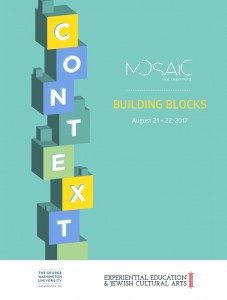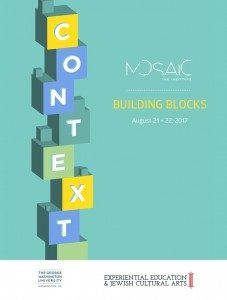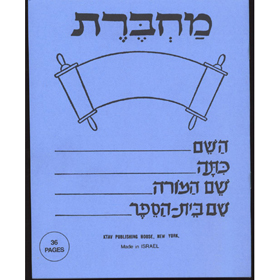In what has become an annual tradition come late August, GW’s Program in Experiential Education & Jewish Cultural Arts welcomes its new, and hopefully merry, band of students to town by hosting a whirlwind orientation called Mosaic.
Drawing loosely on the theme of building blocks, this year’s Mosaic had us both poolside, sipping cocktails, and in an old-fashioned parlor, playing the 21st century equivalent of parlor games.
When not sitting down, we walked around Dupont Circle, taking in its architectural delights; made our way downtown to Sixth and I for a lively exchange about institutional sustainability; and took the measure of the United States Holocaust Memorial Museum’s deployment of space. We ate a lot, too.
The point throughout was to think about what it takes to build relationships, institutions and community. Without literalizing matters too much, the big idea behind this year’s Mosaic was to cast a searching eye on the constituent elements — the building blocks — that the students will draw on in the course of their training
as well as in their subsequent careers.
What kind of “structures” will they end up fashioning? It’s too early to tell, of course, but over the course of the next 13 months, they will have ample opportunity to pick up and assemble the right tools.





